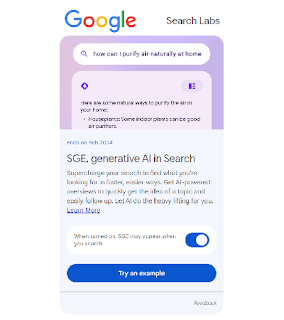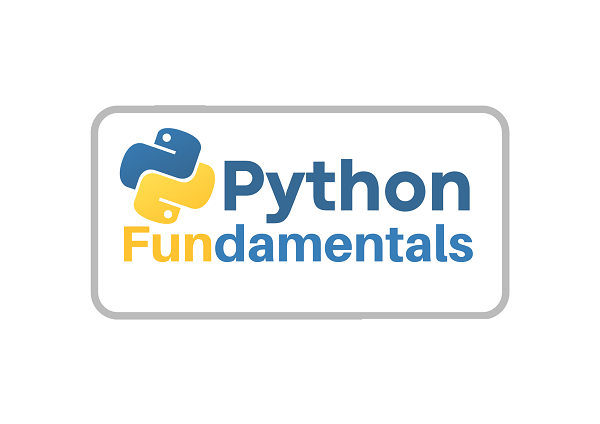AI vs. Doctors: The Battle for Accuracy in Radiology and Medical Imaging
Radiology and medical imaging have come a long way, but who provides more accurate diagnoses: AI or doctors?
In this blog post, we explore the battle for accuracy between AI and human doctors in radiology and medical imaging. We examine the pros and cons of both AI and human doctors, and how they can work together to provide the best care for patients. We also discuss the importance of continuing to develop AI systems that prioritize patient care and safety.
In the world of medicine,
accuracy is everything. Accurate diagnoses can mean the difference between life
and death, or between a full recovery and a lifetime of complications. That's
why the rise of artificial intelligence in radiology and medical imaging
is such an exciting development. AI has the potential to analyze medical images
with a level of precision that human doctors simply can't match. AI systems are
being developed that can analyze medical images faster and more accurately than
human doctors. But is AI really better than human doctors when it comes to
accuracy or we will soon see the end of radiologists as we know them?
Let's find out in this
blog post where we'll explore the battle for accuracy between AI and doctors in
radiology and medical imaging.
Importance of Radiology
and Medical Imaging
Radiology and medical
imaging are essential components of modern medicine. These fields use imaging
technologies to diagnose and treat medical conditions ranging from broken bones
to cancer. However, interpreting medical images can be challenging and
time-consuming, requiring years of specialized training and expertise. This is
where AI comes in.
AI systems have the
potential to analyze medical images faster and more accurately than human
doctors. This could lead to faster diagnoses and better treatment outcomes.
However, there are also concerns that relying too heavily on AI could lead to
missed diagnoses and other errors.
Benefits of AI in
Radiology and Medical Imaging
There are several
benefits to using Artificial Intelligence (AI) in radiology and medical imaging:
Speed: One of the main advantages is speed. AI systems can
analyze medical images in a fraction of the time it takes a human radiologist.
This could lead to faster diagnoses and treatment plans for patients.
Increased Accuracy and
Efficiency: One of the primary
benefits of AI in radiology and medical imaging is the increased accuracy and
efficiency it provides. AI algorithms can quickly and accurately analyze large
amounts of medical images, reducing the risk of errors and improving diagnosis
times. AI systems are also
highly accurate. They can detect subtle changes in medical images that might be
missed by human doctors. This could lead to earlier detection of diseases and
more precise treatment plans.
Improved Patient
Outcomes: AI can assist radiologists
and other healthcare professionals in identifying early signs of disease and
developing treatment plans, leading to improved patient outcomes and better
overall healthcare.
Cost Savings: AI technology can help reduce healthcare costs by
optimizing workflows, increasing efficiency, and reducing the need for
additional imaging studies.
24/7 Availability: AI algorithms can operate 24/7, providing
radiologists with support and assistance around the clock.
Enhancing Research: AI can assist in analyzing large amounts of medical
data to identify new patterns and trends, leading to new discoveries and
advancements in medical research.
Drawbacks of AI in
Radiology and Medical Imaging
There are also drawbacks
to using AI in radiology and medical imaging.
Missed Diagnoses: One of the main concerns is the potential for missed
diagnoses. AI systems can only analyze what they are programmed to look for. If
a rare or unusual condition appears in a medical image, the AI system may not
recognize it, leading to a missed diagnosis.
Limited Interpretation
Capabilities: AI algorithms are
designed to detect specific patterns and abnormalities within medical images,
but they may not be able to identify more complex issues or provide a full
diagnosis.
Need for Human Oversight: While AI can provide valuable support and assistance
to radiologists; it cannot replace the knowledge and expertise of a trained
medical professional. Radiologists and other healthcare professionals must
still review and interpret medical images.
Bias: AI algorithms are only as accurate as the data they
are trained on, and there is a risk of bias in the data used to train these
algorithms. This can lead to inaccurate or biased results.
Security Risks: AI technology can pose a risk to patient privacy and
security if proper measures are not taken to protect sensitive medical data.
Cost: Implementing AI technology can be costly, requiring
significant investment in equipment, training, and maintenance.
The Current State of AI in
Radiology and Medical Imaging
AI systems are already
being used in radiology and medical imaging. One example is the use of AI to
analyze mammograms for breast cancer. AI systems can detect early signs of
breast cancer that might be missed by human doctors. This could lead to earlier
detection and better treatment outcomes for patients.
Another example is the
use of AI to analyze CT scans for lung cancer. AI systems can detect small
nodules in the lungs that might be missed by human doctors. This could lead to
earlier detection and better treatment outcomes for patients.
However, there is still a
long way to go before AI systems can replace human doctors in radiology and
medical imaging. AI systems are currently only able to analyze medical images,
and they do not have the same level of expertise and experience as human
radiologists.
The Strengths of Human
Doctors
On the other hand, human
doctors have a wealth of experience and knowledge that can't be replicated by
AI. They can draw on years of training and practical experience to make
diagnoses and treatment plans that are tailored to each individual patient.
Human doctors can also communicate with patients, providing them with
reassurance, advice, and support throughout the diagnostic process.
Additionally, human doctors can interpret images in the context of a patient's
medical history, taking into account factors such as family history, lifestyle,
and other health conditions.
The Concerns and
Potential Future of AI in Radiology and Medical Imaging
One of the main concerns
about AI in radiology and medical imaging is the potential for missed
diagnoses. However, this can be mitigated by using AI systems in conjunction
with human doctors. AI systems can analyze medical images and flag potential
issues, which can then be reviewed by human radiologists. This would allow for
a more accurate diagnosis and treatment plan.
The future of AI in
radiology and medical imaging is promising. As AI systems become more
sophisticated, they will be able to analyze medical images with even greater
accuracy and speed. This could lead to earlier detection of diseases and more
precise treatment plans for patients.
However, there will
always be a need for human doctors in
radiology and medical imaging. AI systems can analyze medical images, but they
cannot replace the expertise and experience of human radiologists. Human
doctors bring a level of nuance and context to their diagnoses that AI systems
cannot match.
Furthermore, human
doctors can provide a personal touch that AI systems cannot. A doctor can
explain a diagnosis to a patient and answer any questions they may have. They
can also provide emotional support to patients and their families, something
that an AI system cannot do.
Combining AI and Human
Doctors
So, what's the best
approach when it comes to accuracy in radiology and medical imaging? The answer
is likely to be a combination of both AI and human doctors. By working
together, AI algorithms can analyze images quickly and accurately, while human
doctors can provide the personalized care and attention that patients need.
Furthermore, human doctors can help to ensure that AI algorithms are trained on
the right data, and can interpret the results in the context of a patient's
medical history.
Conclusion
AI systems have the
potential to revolutionize radiology and medical imaging. They can analyze
medical images faster and more accurately than human doctors, leading to
earlier detection of diseases and more precise treatment plans for patients.
However, there are also concerns about the potential for missed diagnoses and
the lack of human oversight.
The best way forward is
to use AI systems in conjunction with human doctors. AI systems can analyze
medical images and flag potential issues, which can then be reviewed by human
radiologists. This would allow for a more accurate diagnosis and treatment
plan, while still retaining the expertise and personal touch of human doctors.




Comments
Post a Comment